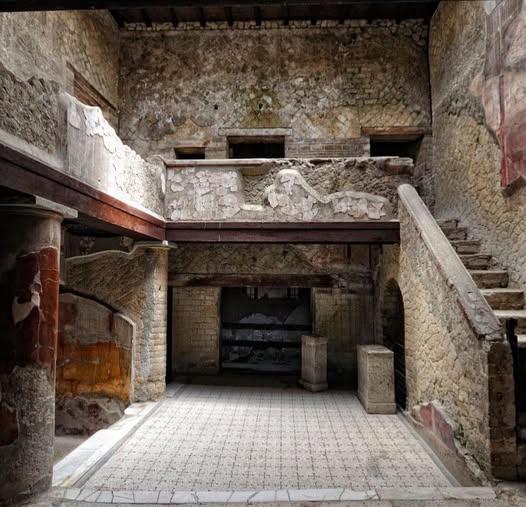
A Roman city destroyed by the eruption of Mount Vesuvius in 79 AD, was discovered in 1709. The city was a vacation spot for wealthy Romans, with an estimated population of 4,000 at its peak. The Mount Vesuvius eruption buried the city in ash and pumice, preserving it for centuries.

In 1750, a Roman house belonging to Lucius Calpurnius Piso Caesoninus (Julius Caesar’s father-in-law) was discovered, leading to the modern science of archaeology.
